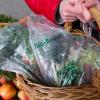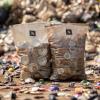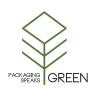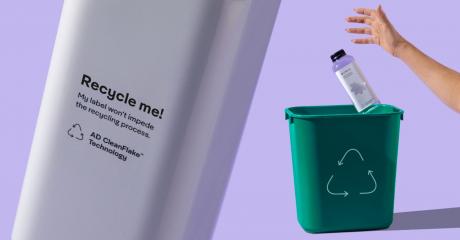Plastics resource efficiency and recycling charity, Recoup, question the move by a major supermarket from easy to recycle, low environmental impact HDPE plastic bottles in favour of a ‘plant-based carton’.
Is this a headline grabbing move based on the plastic reduction which will result in greater consumer confusion?
Anne Hitch, Head of Citizen and Stakeholder Strategy at Recoup, commented: “This change has certainly sparked debate. The question of drinks carton recyclability is one that is regularly asked by citizens, and we must consider whether it is right to signpost a product as “100% recyclable” when we know that so many consumers are unable to place the item for recycling kerbside.
This claim sends the opposite message to consumers with the likely unintended consequence of mixed dry recycling contamination.”
Recoup is keen to point out that plastic bottles are collected by every single UK Local Authority kerbside, whilst the drinks cartons are only collected by around 65%. In addition, the multi-material nature of cartons makes them a more complex option than natural high-density polyethylene (HDPE).
The ‘Carbon Neutral’ label proposed to feature on these milk products in their new Tetra Pak packaging, claims to recognise CO2 reduction of this move and the inference being that it certifies that the cradle-to-grave carbon footprint of the packaging.
From the information shared it is unclear how the ‘carbon neutral’ status has been achieved? While the raw materials of paperboard and sugarcane-based PE can be considered natural resources the logic would suggest that there will be an environmental impact associated with their extraction and conversion in to useable packaging materials, conversion of the raw materials in to packaging formats as well as any transport and disposal related impacts throughout the supply chain.
Recoup Head of Sustainability and Circularity, Katherine Fleet commented: “A ‘better sustainable packaging option’ suggests that’s all aspects of sustainability have been considered in any comparison carried out with other packaging formats including aspects such as recyclability. Transparency and evidence are required to back up this statement, a clear understanding of the scope and boundaries and environmental impact indicators used in any assessment made and also to which packaging formats this statement refers to should be made clear and transparent to avoid the potential of greenwash.”
Looking at the wider cradle-to-grave aspect of both types of packaging Recoup are keen to point out that the end markets of HDPE are widely known and accepted. Natural HDPE is one of the most used polymers in the world today with its circularity and proven technical capabilities being well documented.









